Summary | Excerpt | Reviews | Beyond the book | Read-Alikes | Genres & Themes | Author Bio
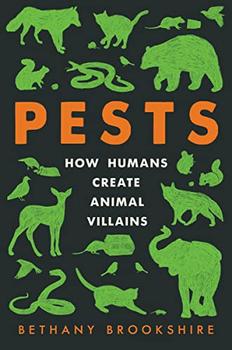
Critics' Opinion:
Readers' Opinion:
First Published:
Dec 2022, 384 pages
Paperback:
Dec 2023, 352 pages
 Book Reviewed by:
Book Reviewed by:
Norah Piehl
Buy This Book
Like any good science journalist, Bethany Brookshire excels at making observations and asking questions. So when a squirrel (whom she dubs F***ing Kevin) starts to decimate her vegetable garden, Brookshire doesn't let his frustrating behavior drive her crazy—instead she asks herself a question: at what point are squirrels considered cute and fluffy mascots ("rats with good PR," as a friend of mine once called them), and at what point do they cross the line and become reclassified as pests?
The answer, fortunately for Brookshire's readers, is far from simple, and, as is soon apparent not only with regard to squirrels but also mice and rats and deer and even elephants, it has at least as much to do with human perception as it does animal behavior. Animals, after all, are in most cases just doing what they can to adapt to humans' ever-encroaching settlements. Humans, on the other hand—at least those whose mindsets are defined by centuries of settler-colonialism—have the distinctly mistaken opinion that they hold dominion over the spaces they've claimed and cultivated for themselves—squirrels and rabbits and deer be damned.
It's worth noting that Brookshire focuses her book on vertebrates, since they prove much more polarizing than, say, mosquitoes or lice. She starts off with some high-profile pests—rats and snakes—whose very presence is likely to prompt not only loathing but also fear. But, she points out, even those reactions are learned, culturally specific, and, in many cases, revealing of human shortcomings. Wealthy Americans, for example, are apt to point fingers at poor folks living in rat-infested apartment buildings, calling them careless or their homes unsanitary, or to turn up their noses at high concentrations of rats living among encampments of unhoused individuals. Brookshire indicates that perhaps it would be more instructive to examine whether exploitative landlords or the lack of homeless services are the real villains here. And in many cultures worldwide, rats are revered as enlightened—or appreciated as food sources.
Cultural differences are on particular display in Brookshire's chapter on elephants. In her effectively nuanced analysis, she examines how those of us in the Global North tend not only to disbelieve that these grand animals might be viewed by humans in some areas, such as the Maasai people living in or near wildlife reserves in Kenya, as pests, but also to disregard the opinions of those people as being somehow less enlightened or well-informed than our own. And that's despite the fact that elephants cause damage to crops, housing and human lives—most of which goes unseen or unexamined by those visiting on safari.
One theme running throughout the book is how humans create their own pests by introducing non-native species to new environments, where they become near-impossible to eradicate and wreak havoc on ecosystems, native wildlife and even human populations. This is the case with the Burmese python in Florida's Keys and Everglades (see Beyond the Book), as well as numerous species on islands, most notably Australia (Brookshire addresses white settlers' introduction of rabbits, mice, cane toads and even wild horses to the Australian continent, and the ways in which all its residents are still stuck with the repercussions). The problem of inconsistency is also a pervasive theme, whether it's neighbors taking wildly different approaches toward dealing with deer populations or feline fans insisting that outdoor cats can't possibly be the "cuddly killers" one of Brookshire's cited sources suggests they are.
Throughout, Brookshire recommends that readers follow the example of increasing numbers of wildlife scientists and environmentalists by talking with Indigenous people about how to cultivate a healthier and more humane outlook on co-existing with animals. This piece of advice could, in lesser hands, veer toward romanticizing or over-simplifying, but the extent to which Brookshire refers to global Indigenous perspectives in nearly every chapter, as well as the numerous Native scholars, scientists and elders she references in her acknowledgments, indicate that she truly practices what she preaches. At the very least, after reading Pests, readers might be a little less likely to publish a panicky post on NextDoor the next time they spot a suburban coyote and instead ask themselves whether it is us encroaching on the coyote's domain.
![]() This review was originally published in The BookBrowse Review in January 2023, and has been updated for the
November 2023 edition.
Click here to go to this issue.
This review was originally published in The BookBrowse Review in January 2023, and has been updated for the
November 2023 edition.
Click here to go to this issue.

If you liked Pests, try these:
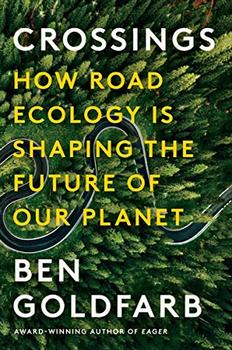
by Ben Goldfarb
Published 2024
An eye-opening account of the global ecological transformations wrought by roads, from the award-winning author of Eager.
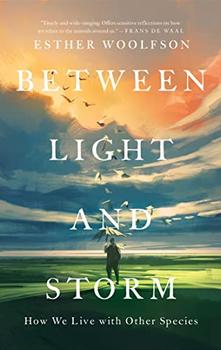
by Esther Woolfson
Published 2022
A landmark examination of the fraught relationship between humans and animals, taking the reader from Genesis to climate change.
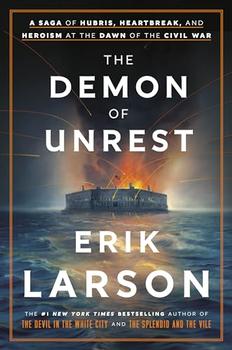
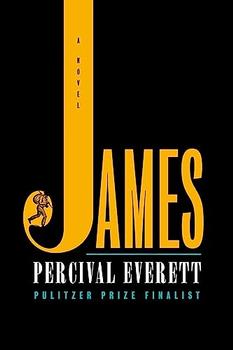
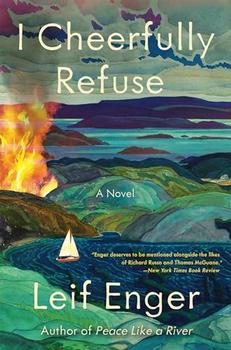
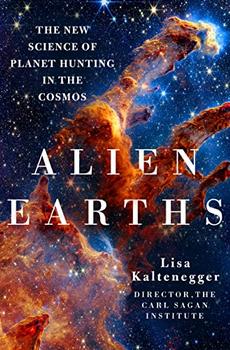
All my major works have been written in prison...
Click Here to find out who said this, as well as discovering other famous literary quotes!
Your guide toexceptional books
BookBrowse seeks out and recommends the best in contemporary fiction and nonfiction—books that not only engage and entertain but also deepen our understanding of ourselves and the world around us.